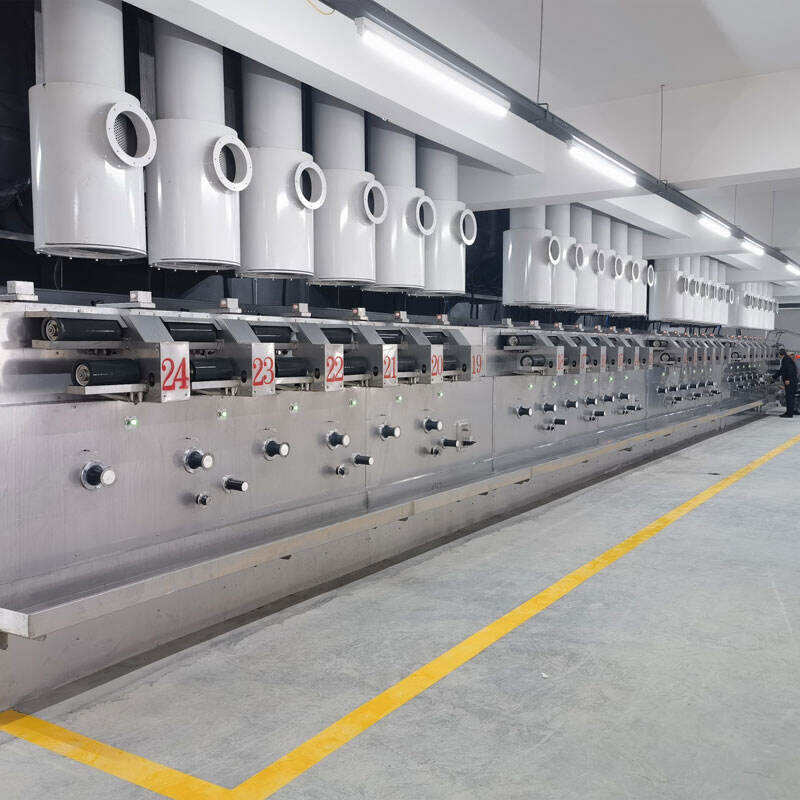
Housed in a 30,000㎡ workshop, Soft Gem’s advanced intelligent manufacturing center is a testament to its commitment to technological excellence. Equipped with state-of-the-art machinery and automated systems, the center enables precise production of PLA fiber equipment, ensuring tight tolerances and consistent quality. The integration of digital tools, such as ePLAN and Siemens automation systems, streamlines the manufacturing process, reducing lead times and enhancing cost-effectiveness. This infrastructure allows Soft Gem to deliver high-quality equipment at competitive prices, supported by a team of experienced technicians and engineers.